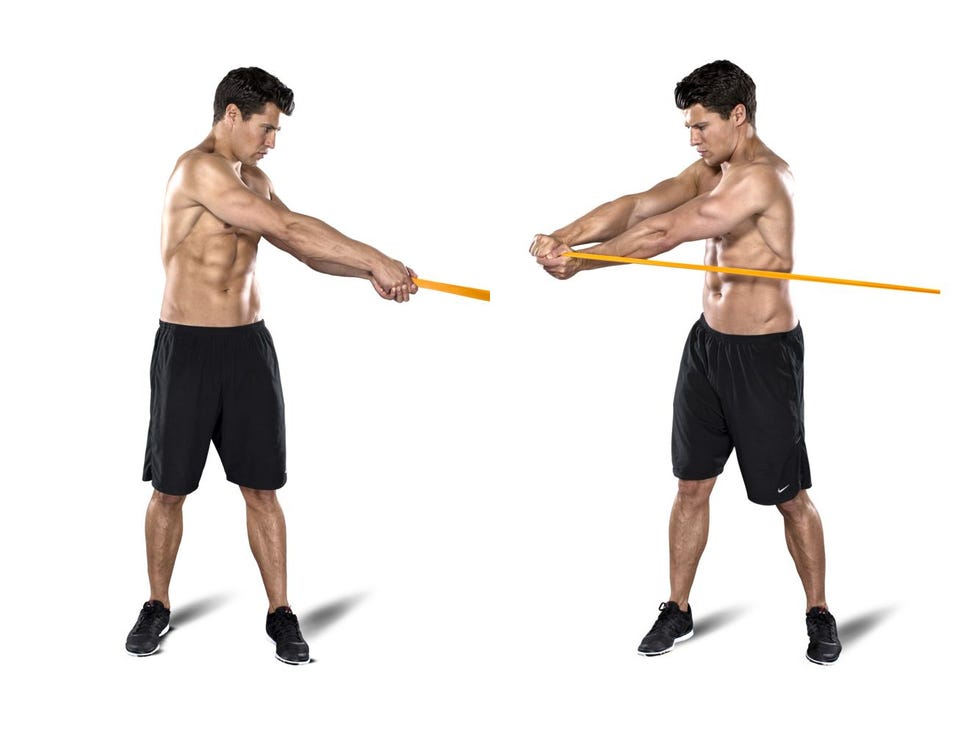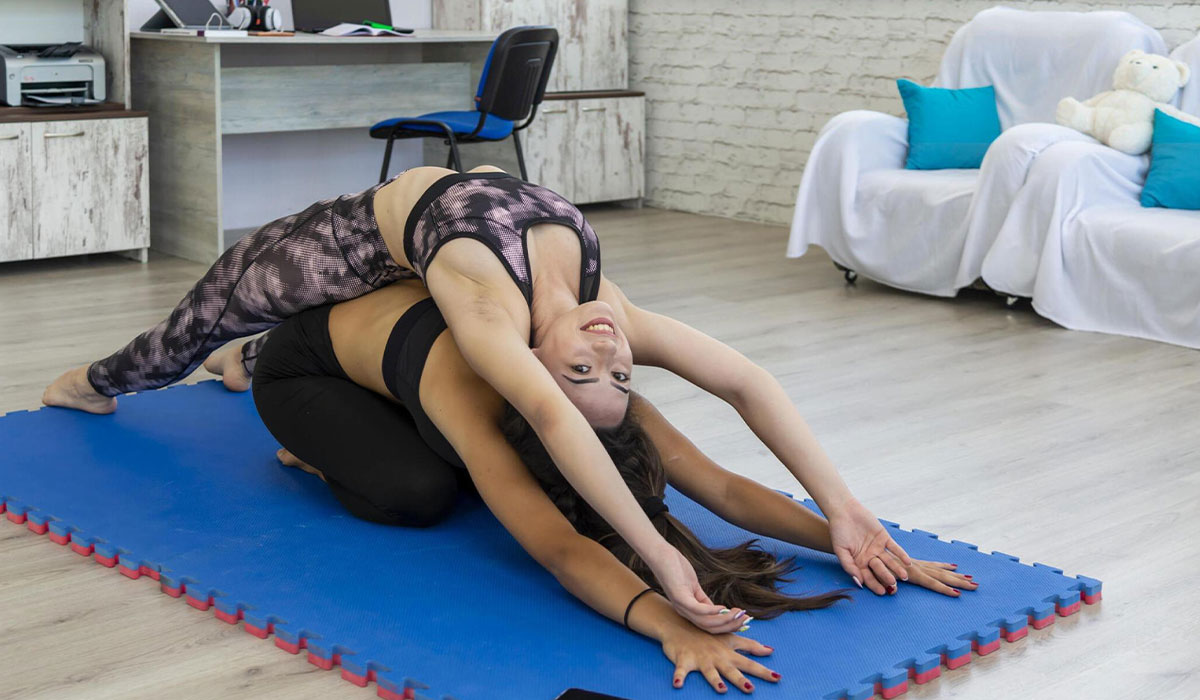Welcome to the complete guide to effective core strength exercises. If you’re looking to improve your overall fitness and athleticism, developing a strong core is essential. In this guide, you will learn about the benefits of core strength, the anatomy of the core muscles, and effective exercises to target and strengthen your core. Whether you’re a beginner or advanced exerciser, this guide has exercises suitable for every level. Get ready to take your fitness to the next level with a strong and stable core.
What is Core Strength?
Core strength refers to the ability of the muscles in your abdomen, back, and pelvis to work together to provide stability, support, and control to your spine and pelvis. It is the foundation for all movement and helps to improve balance, posture, and overall body stability. Developing strong core muscles is important for maintaining a healthy and functional body.
Benefits of Developing Core Strength
Developing core strength offers several benefits, including improved balance and stability, enhanced posture, reduced risk of injury, and increased overall strength. A strong core can also enhance athletic performance and make everyday activities easier. By incorporating core exercises into your fitness routine, you can strengthen your core muscles and experience these benefits firsthand.
Understanding the Core

The core refers to the muscles in your abdominal, back, and pelvic areas that work together to provide stability and support to your spine and pelvis. These muscles include the rectus abdominis, transverse abdominis, obliques, erector spinae, and many others. Having a strong core is crucial for maintaining proper posture, balance, and overall body strength. By understanding the anatomy and functions of the core muscles, you can target them effectively and develop a solid core.
Anatomy of the Core
The core is composed of various muscles that work together to provide stability and support to your spine and pelvis. These muscles include the rectus abdominis, transverse abdominis, obliques, erector spinae, and others. The rectus abdominis, commonly known as the six-pack muscles, run vertically along the front of your abdomen. The transverse abdominis wraps around your abdomen, acting as a corset to support your spine. The obliques are located on the sides of your abdomen, allowing for rotational movements. The erector spinal muscles run along your spine, providing support and helping with back extension and rotation. Understanding the anatomy of the core muscles is essential to target them effectively during your workouts.
Functions of the Core Muscles
The core muscles play a crucial role in maintaining stability and providing support to your spine and pelvis. These muscles work together to assist with movements like bending, twisting, and lifting. They also help to maintain good posture and balance. Strengthening your core muscles can improve your overall physical performance and reduce the risk of injuries during physical activities.
Essential Core Exercises

Including essential core exercises in your workout routine is vital for developing a strong and stable core. Two effective exercises to start with are planks and crunches. Planks engage your entire core and can be modified to target specific areas. Crunches focus on the abdominal muscles and improve your overall core strength. Incorporating these exercises into your routine will help you achieve a solid foundation for a strong core.
Planks and Variations
Planks are an essential core exercise that engages your entire core, including your abs, back, and glutes. To perform a plank, start in a push-up position and hold your body in a straight line. To add variation, try side planks to target your obliques or elevated planks to increase intensity. Planks are a great way to build core strength and stability.
Crunches and Sit-Ups

Crunches and sit-ups are popular core exercises that target the abdominal muscles. To perform a crunch, lie on your back with your knees bent and feet flat on the ground. Then, curl your upper body up towards your knees. For sit-ups, start in a similar position but lift your entire body off the ground until your torso is perpendicular to the floor. These exercises can help strengthen your abs and improve your overall core strength. Remember to engage your core muscles throughout the movement and avoid pulling on your neck or using momentum.
Benefits of Crunches and Sit-Ups:
- Strengthen the rectus abdominis, obliques, and transverse abdominis muscles
- Improve core stability and posture
- Enhance athletic performance and functional movements
- Can be modified and adjusted to challenge different fitness levels
- Can be done anywhere with no equipment required
Intermediate Core Exercises
To further challenge your core strength, incorporate intermediate core exercises into your routine. Russian twists engage your core and oblique muscles as you rotate your torso side to side. Mountain climbers not only work your core but also provide a cardiovascular component. These exercises require additional stability and control, helping you progress towards advanced core movements. Remember to maintain proper form and gradually increase the difficulty as you become stronger.
Russian Twists
Russian Twists are an effective intermediate core exercise that targets your core and oblique muscles. To perform Russian Twists, sit on the floor with your knees bent and feet off the ground. Hold a weight or medicine ball in your hands and twist your torso from side to side, touching the weight to the floor on each side. This exercise helps to improve rotational stability and strengthen your core muscles. Remember to engage your abs and maintain proper form throughout the movement for optimal results.
Mountain Climbers
Mountain Climbers are a dynamic core exercise that targets multiple muscle groups, including the abs, obliques, and hip flexors. To perform Mountain Climbers, start in a high plank position and bring one knee towards your chest, then quickly switch legs. Keep your core engaged and maintain a steady pace for an effective cardio and core workout. Mountain Climbers improve core stability, endurance, and overall strength.
Advanced Core Exercises
Incorporating advanced core exercises into your workout routine can take your core strength to the next level. Two effective exercises to try are hanging leg raises and woodchoppers. Hanging leg raises target your lower abs and hip flexors, while woodchoppers engage your obliques and upper body. These exercises require a higher level of strength and stability, so be sure to gradually progress and maintain proper form to prevent injury. Push yourself to challenge your core and continue to build strength.
Hanging Leg Raises
Hanging leg raises are an advanced core exercise that targets your lower abs and hip flexors. To perform this exercise, hang from a pull-up bar and raise your legs up towards your chest, keeping them straight. Control the movement and lower your legs back down slowly. It’s important to engage your core muscles throughout the exercise to maintain stability. Gradually increase the number of repetitions and challenge yourself to build core strength.
Woodchoppers

Woodchoppers are a challenging core exercise that targets your oblique muscles. To perform this exercise, stand with your feet shoulder-width apart, holding a weight or medicine ball with both hands. Start by squatting down and then explosively twist your torso as you bring the weight up and diagonally across your body, finishing with your arms extended above your shoulder. Reverse the movement and repeat on the other side. Woodchoppers are a great exercise for developing rotational core strength and improving stability.
Conclusion
In conclusion, developing core strength is crucial for overall fitness and functional movement. The exercises mentioned in this guide provide a comprehensive way to strengthen your core muscles and improve stability. By incorporating these exercises into your workout routine and maintaining proper form, you can enhance your athletic performance, prevent injuries, and improve your daily activities. Remember to listen to your body, progress gradually, and make core training a regular part of your fitness regimen.
The Importance of Regular Core Training
Regular core training is essential for overall fitness and functional movement. It helps improve posture, balance, and stability while enhancing athletic performance and reducing the risk of injuries. By consistently working on your core strength, you can enhance your ability to perform daily activities and maintain a healthy lifestyle. Make core training a regular part of your fitness routine to reap these benefits and enjoy a stronger, more resilient body.
Tips for a Strong and Healthy Core
- Incorporate a variety of core exercises into your workout routine to target all the muscles in your core.
- Ensure proper form and technique while performing core exercises to maximize their effectiveness and prevent injuries.
- Gradually increase the intensity and difficulty of your core exercises as your strength improves.
- Don’t neglect cardio and overall strength training, as a strong core needs a strong foundation.
- Maintain a balanced diet and stay hydrated to support muscle growth and overall health.
- Get enough rest and recovery to allow your core muscles to repair and grow stronger.

